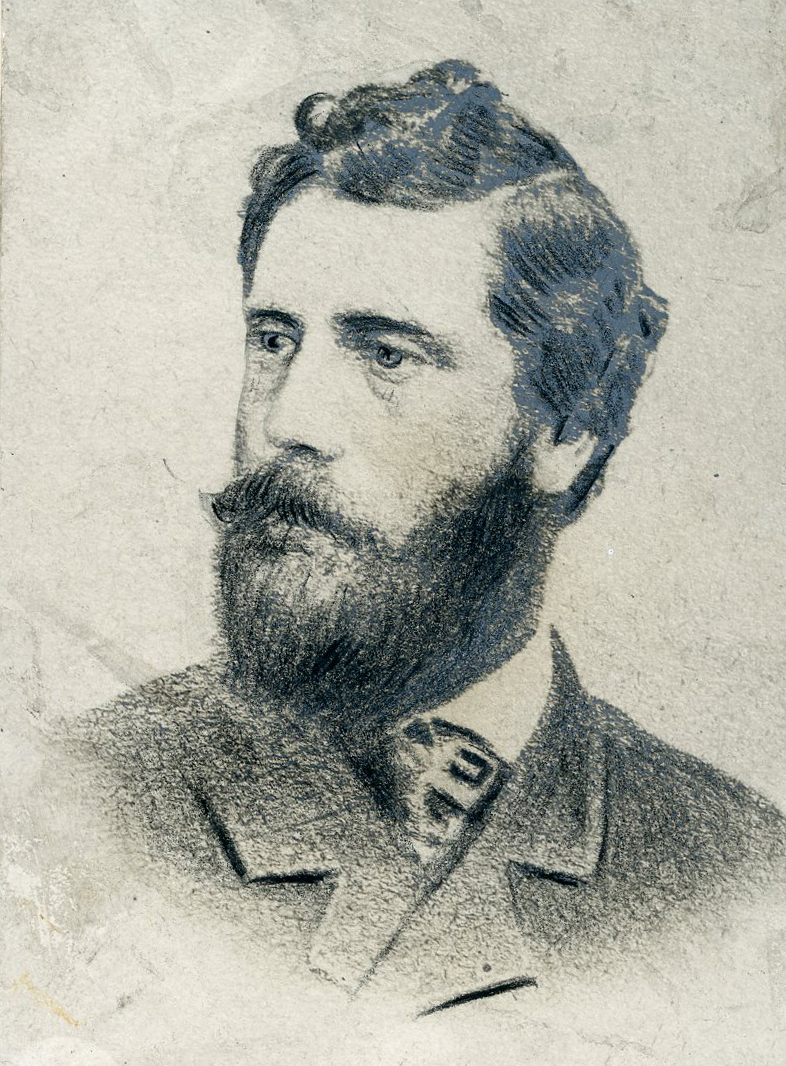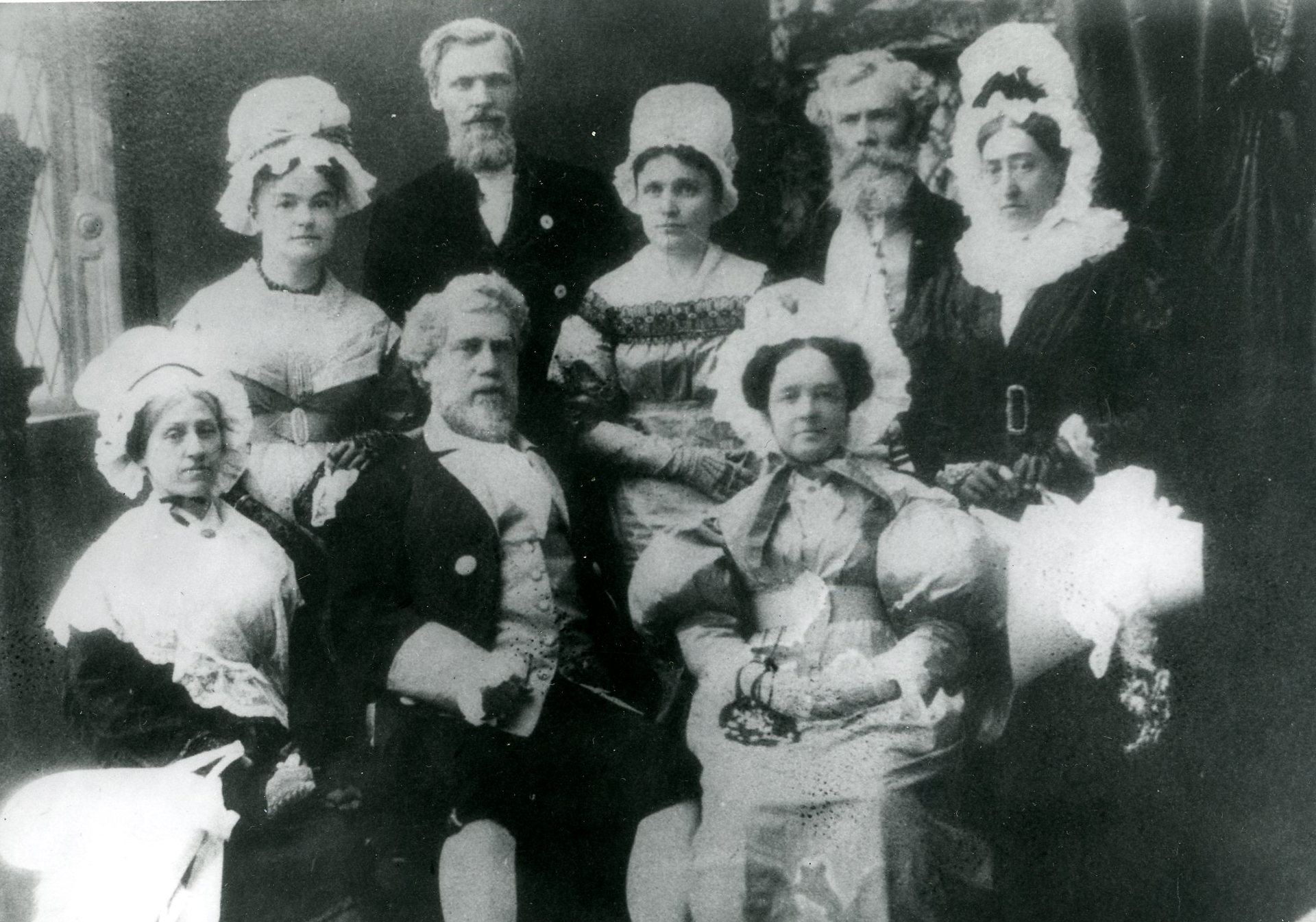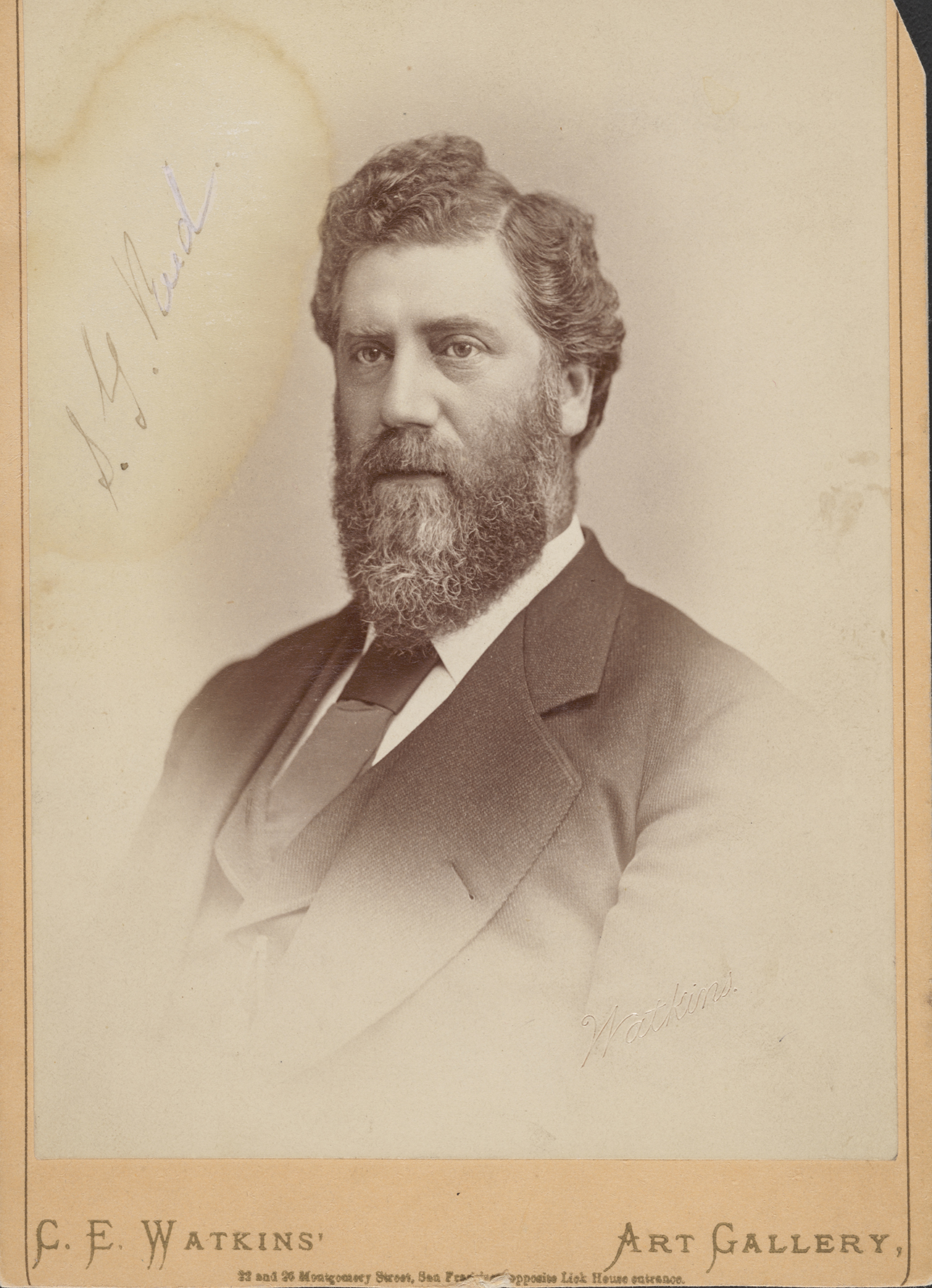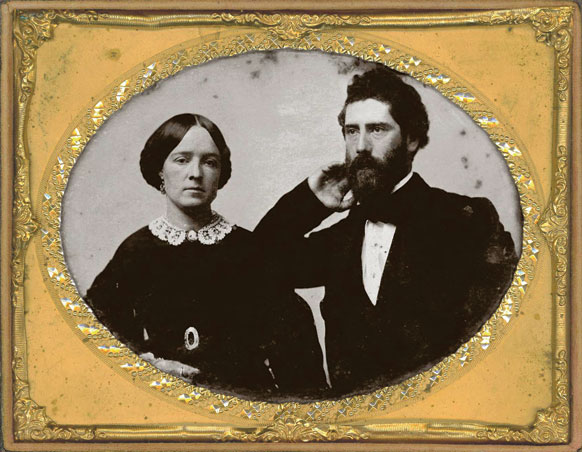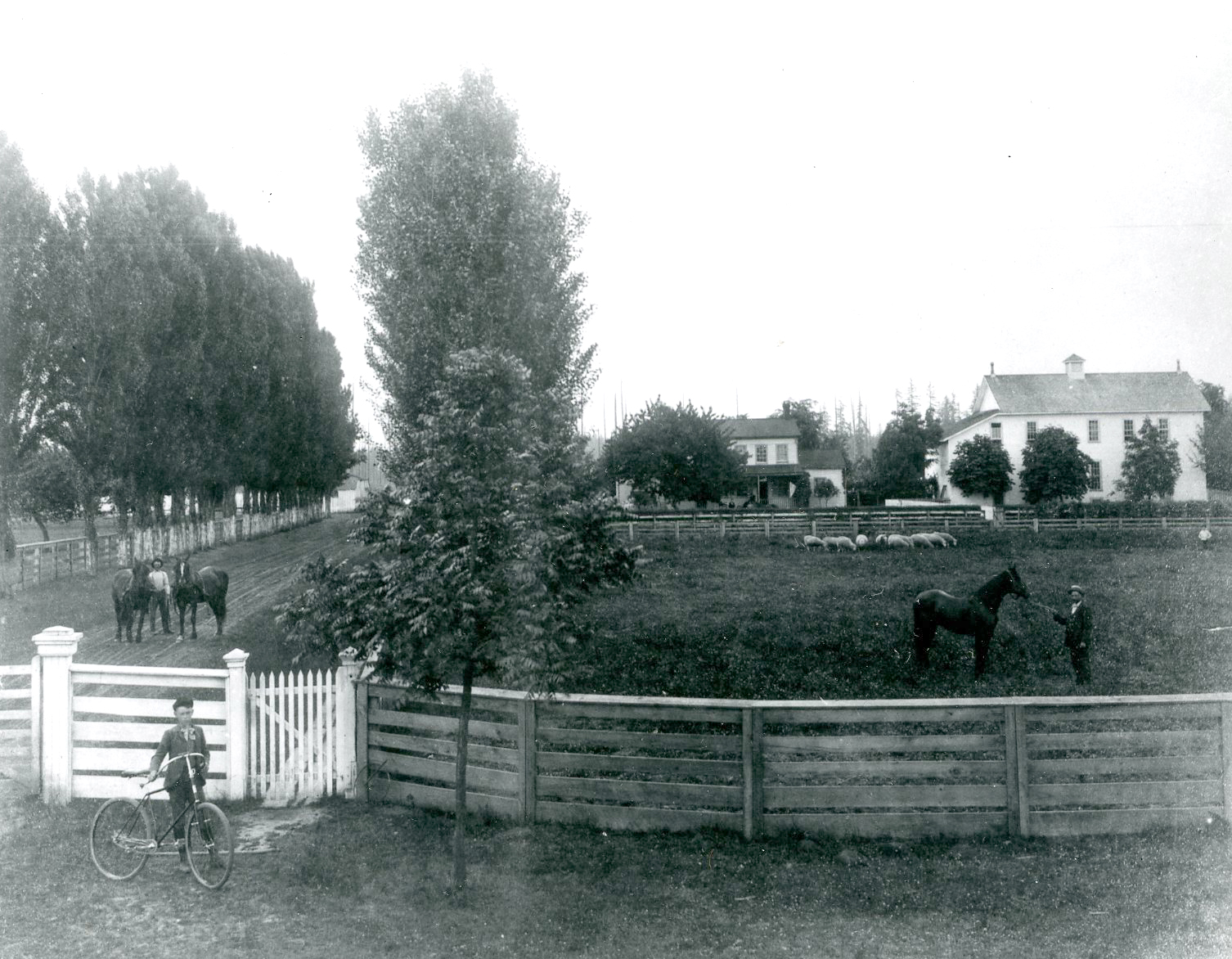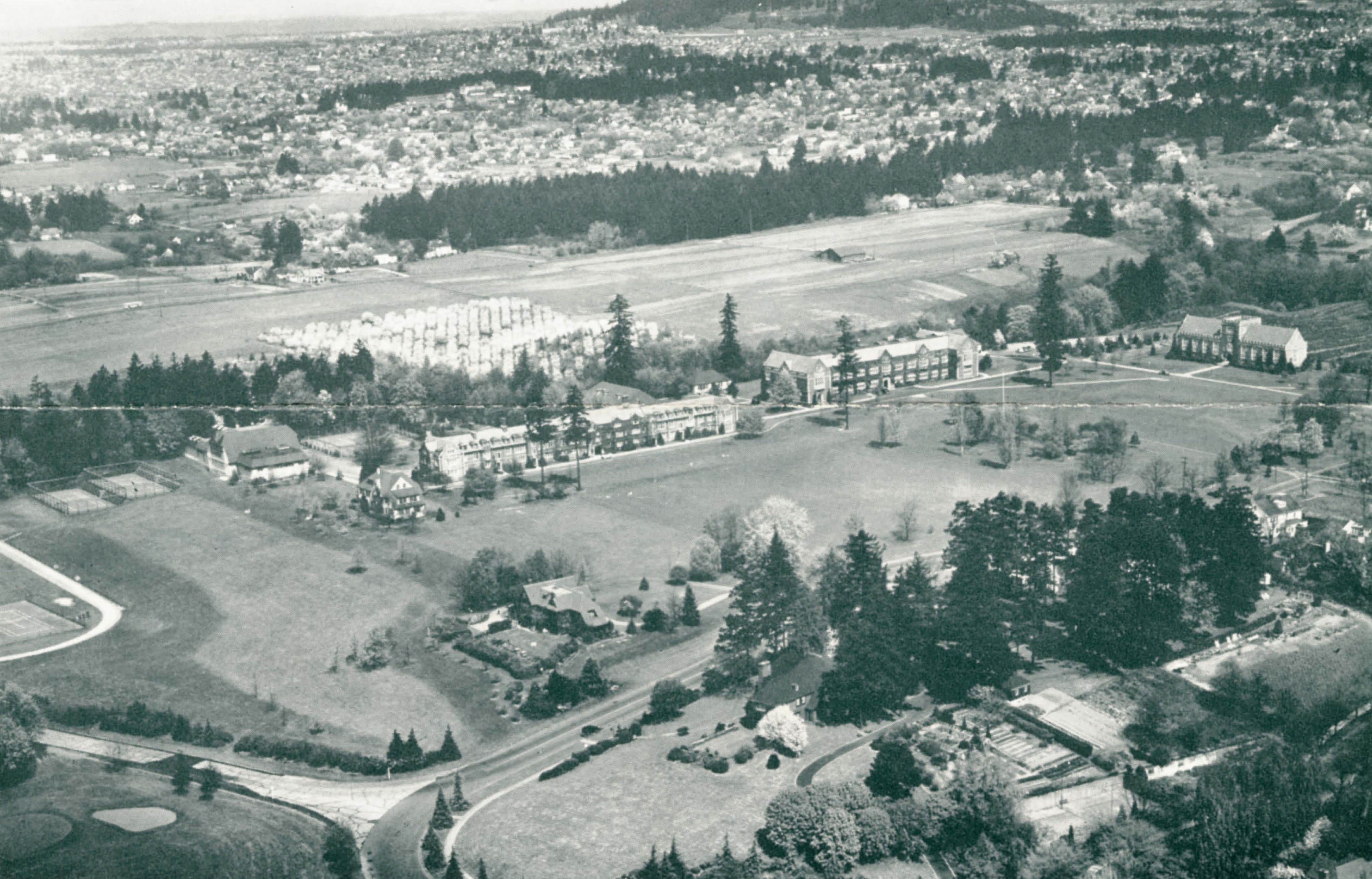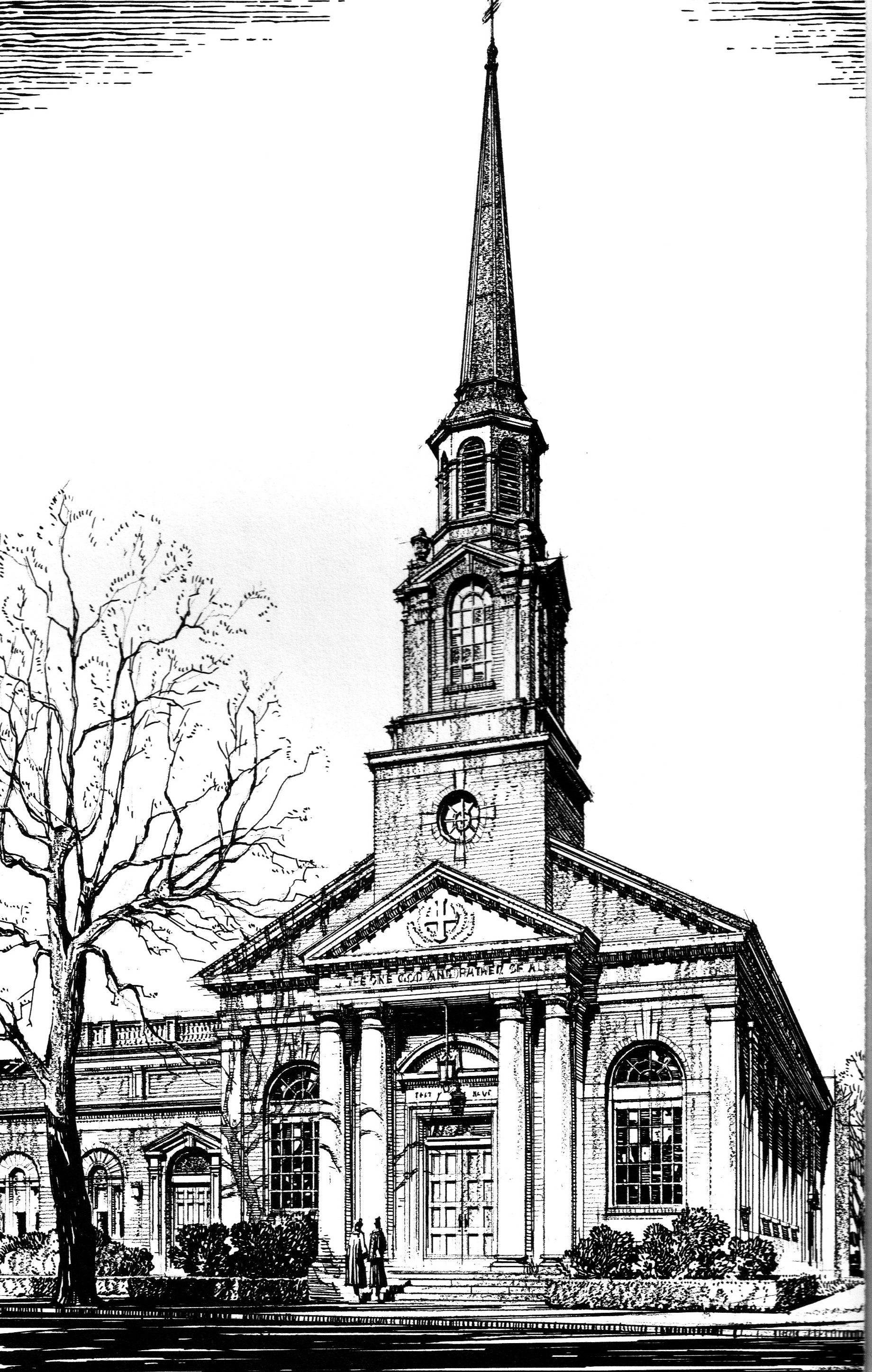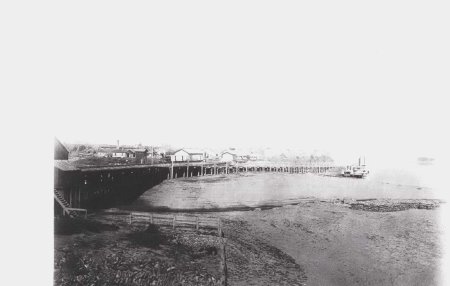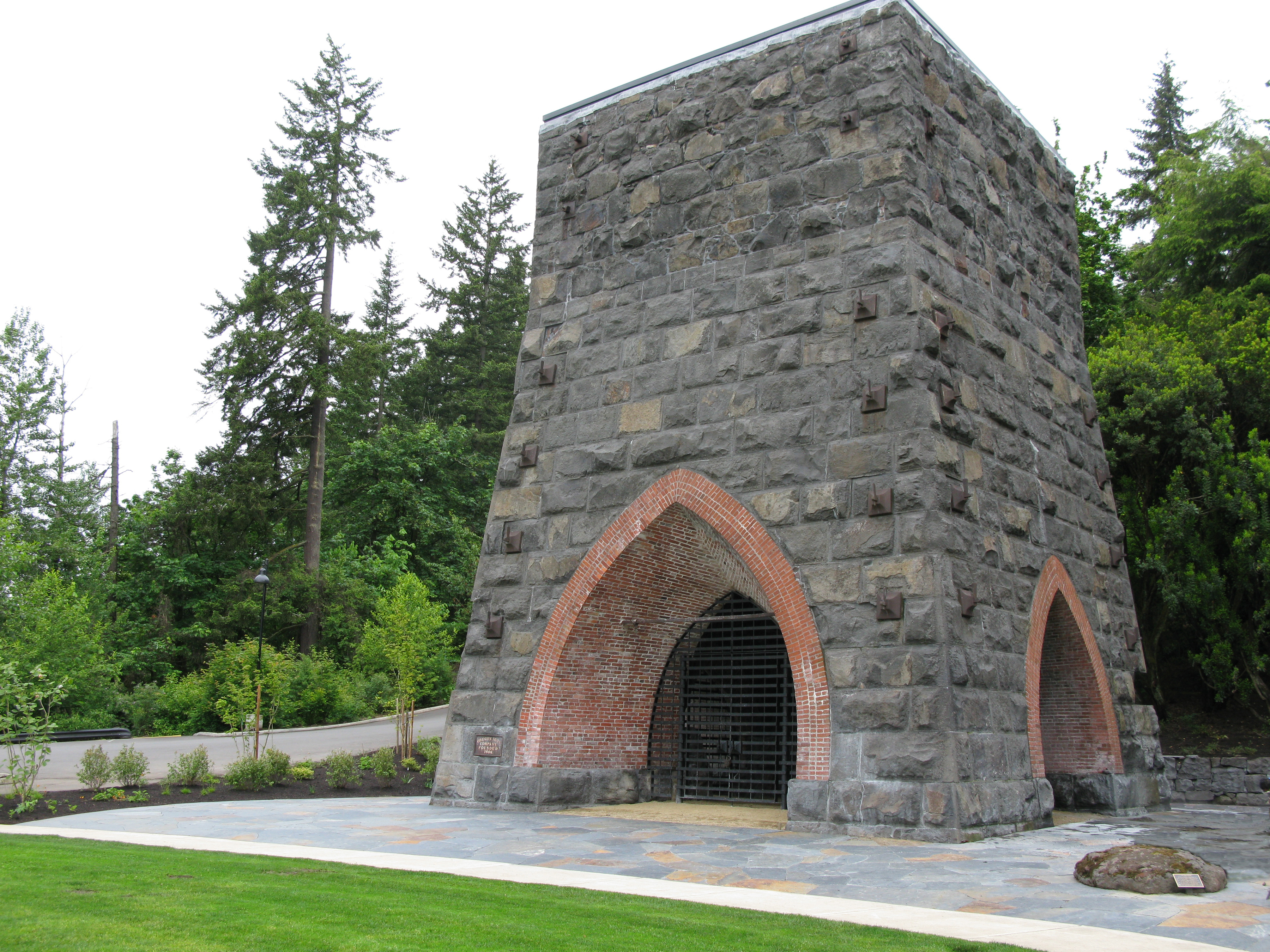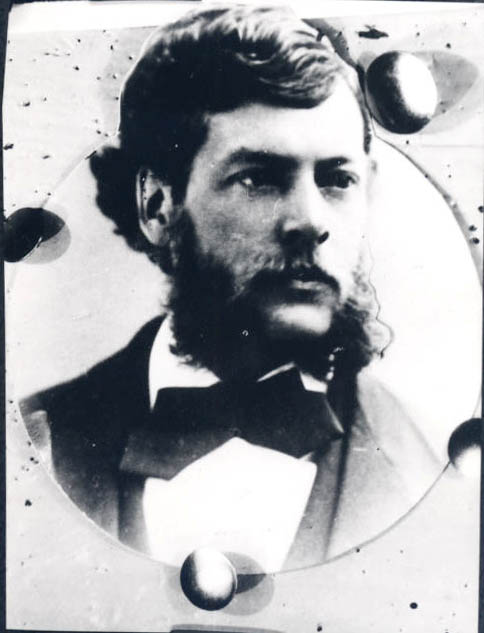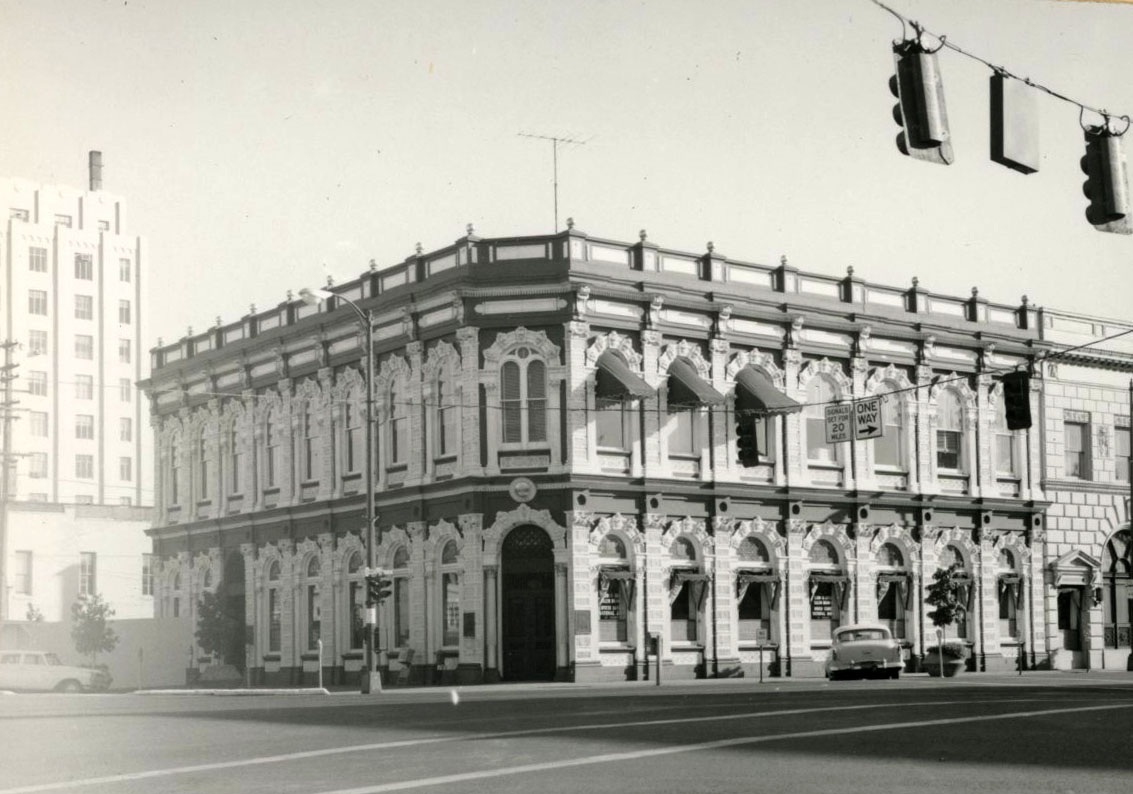Simeon G. Reed was a prominent citizen and businessman in Oregon during the second half of the nineteenth century. A leader of the Oregon Steam Navigation Company, which provided transportation on the Columbia River, he also had business interests in the Oregon Iron and Steel Company, the Bunker Hill and Sullivan mines in Idaho, Portland real estate, and large farms in northwest Oregon. His estate provided the funds to establish the Reed Institute, the legal entity that operates Reed College in Portland.
Simeon Gannett Reed was born in East Abington, Massachusetts, on April 23, 1830. His family was wealthy and, according to him, he “received a good New England education.” He left school at age fifteen, which was typical of the time, and spent a year working in a wholesale dry goods store in Boston. After returning to East Abington, he learned the shoe cutters trade but soon determined that he preferred a career in business. At age eighteen, he started a grain and flour company in Quincy, Massachusetts. He married Amanda Wood two years later.
Like many young men, Reed went to California in 1852 to seek his fortune. He sailed from Quincy to San Francisco with a supply of grain and lumber and then moved to Sacramento, where he sold his goods from a tent to gold-seekers who had flooded the state. A few months later, he sailed north to Oregon to restock his supplies. He liked what he saw in the Willamette Valley and concluded that Oregon would be “a good place to grow up with.” After selling the grain he bought there to California miners, he returned to Oregon in 1853 and established a general supplies business in Rainier, on the Columbia River. The next year he moved to Portland, where Amanda Reed joined him.
In November 1855, Reed established perhaps the most important personal connection of his career when he accepted a position as clerk in William S. Ladd’s general store. Reed and Ladd’s two brothers bought the store in 1859, when Ladd and his partner, Charles E. Tilton, established Ladd and Tilton Bank. A year earlier, looking for investment opportunities, Reed had purchased a quarter interest in the Columbia River Navigation Company, which soon merged with the Oregon Steam Navigation Company. The company incorporated in Washington Territory in 1860 and in Oregon in 1862. Initially a minor stockholder, Reed became vice president of OSNC in 1864. In 1867, Reed, Captain John C. Ainsworth, and Robert B. Thompson took control of the board of directors and, with the financial assistance of William S. Ladd, bought out the other stockholders. They operated the company very successfully until 1879, when it was purchased by Henry Villard, making Reed a millionaire.
Reed then invested heavily in the Oswego Iron Company, which in 1882 was renamed the Oregon Iron and Steel Company. Railroads were being built, there was a demand for steel, and Reed hoped to take advantage of the iron ore deposits near Lake Oswego. But the company never produced much iron and never made a profit. In 1891, Reed’s health began to deteriorate, and he withdrew from active management of the company.
In 1885, Noah Kellogg discovered lead and silver deposits in the Coeur d’Alene region of Idaho, and the Bunker Hill and Sullivan mines were opened to exploit the ore. Reed purchased the mines in 1887, but he was not interested in operating the mines long term so began looking for a buyer. The mines eventually became very profitable, but not before Reed was forced to sell due to his declining health. He recovered his initial investment in the mines but did not make a significant profit from the sale. He instead devoted his energies to his livestock farms.
Reed and W. S. Ladd had begun purchasing farms in 1871 and owned three major properties: Broadmead, near Amity; Reedville, between Beaverton and Hillsboro; and Bachelor Island, on the Washington side of the Columbia River near Sauvie Island. The farms were used for some experimental crops, but Reed’s major interest was in breeding livestock. He imported pure-blooded hogs, sheep, cattle, chickens, and horses, including Shorthorn and Ayershire cattle and Cotswold sheep from England and Scotland. Broadmead was devoted to cattle, and Reedville was a horse farm, where Reed built a covered mile-long track and raised and raced trotting horses. Bachelor Island was originally purchased to provide pasture and grain lands but eventually became the home for purebred stock. Reed also invested in Portland real estate, and in 1886 built the Abington Building, the first five-story building in Portland (demolished in 1967), and became part owner of the Portland Hotel (demolished in 1951).
Reed was a generous philanthropist, and one of his primary philanthropic outlets was the First Unitarian Church, where he and Amanda were members and sang in the choir. Their annual contribution to the church was significant, and Reed contributed $1,000 to a new church. They were close friends with the minister, Thomas Lamb Eliot, and financially supported Eliot’s charitable efforts in the community. Although the individual contributions were not large, they were frequent and, because the funds were disbursed by Eliot, anonymous.
Known for his easy good nature, quick wit, and superlative hospitality, Reed also tended to be a flashy dresser. The couple entertained guests in their parlor, where Simeon Reed played the guitar and led the singing. Their home was remembered as a meeting place for young people, and they lavished kindness and attention on the children of Simeon’s cousin Newton and his half brother Edward.
Reed began to build a retirement home in Pasadena, California, where he died on November 7, 1895. Amanda Reed oversaw the completion of the house, where she died in 1904. In her will, she carried out her husband’s dying wish and left the bulk of her estate, appraised at $1,500,000 (about $49 million in 2022), to establish the Reed Institute to benefit the youth of Portland. Under the leadership of Thomas Lamb Eliot, the institute incorporated in 1908 and began offering classes in 1911.
-
![]()
Simeon Reed, sketch.
Oregon Historical Society Research Library, OrHi47984, pf896
-
![]()
Costume party attended by Simeon and Amanda Reed (center seated).
Oregon Historical Society Research Library, 59285, pf896
-
![]()
Simeon G. Reed, c. 1875.
Oregon Historical Society Research Library, Carleton E. Watkins; Org. Lot 93; Box 3; Folder 8 -
![]()
Amanda and Simeon Reed, 1854.
Courtesy Reed College -
![]()
Reedville Farm, near Beaverton, 1895.
Oregon Historical Society Research Library, Reed College Archives, 60367, pf896
-
![Ariel view of Reed College, 1940]()
Reed College, 1940.
Ariel view of Reed College, 1940 Courtesy City of Portland, a2004-002-879
Related Entries
-
![First Unitarian Church (Portland)]()
First Unitarian Church (Portland)
In 1866, the Ladies Sewing Circle, a small group of Portland women from…
-
![Oregon Steam Navigation Company]()
Oregon Steam Navigation Company
Among early business enterprises in Oregon, the Oregon Steam Navigation…
-
![Oswego Iron Furnace]()
Oswego Iron Furnace
The Oswego Iron Furnace, built in 1866 at the confluence of Oswego Cree…
-
![Reed College]()
Reed College
Situated on 116 acres in southeast Portland, Reed College enrolls nearl…
-
![Thomas Lamb Eliot (1841-1936)]()
Thomas Lamb Eliot (1841-1936)
Thomas Lamb Eliot was one of the most influential clergymen in the hist…
-
![William S. Ladd (1826-1893)]()
William S. Ladd (1826-1893)
At age twenty-seven, William Sargent Ladd was the youngest mayor to eve…
Related Historical Records
Map This on the Oregon History WayFinder
The Oregon History Wayfinder is an interactive map that identifies significant places, people, and events in Oregon history.

